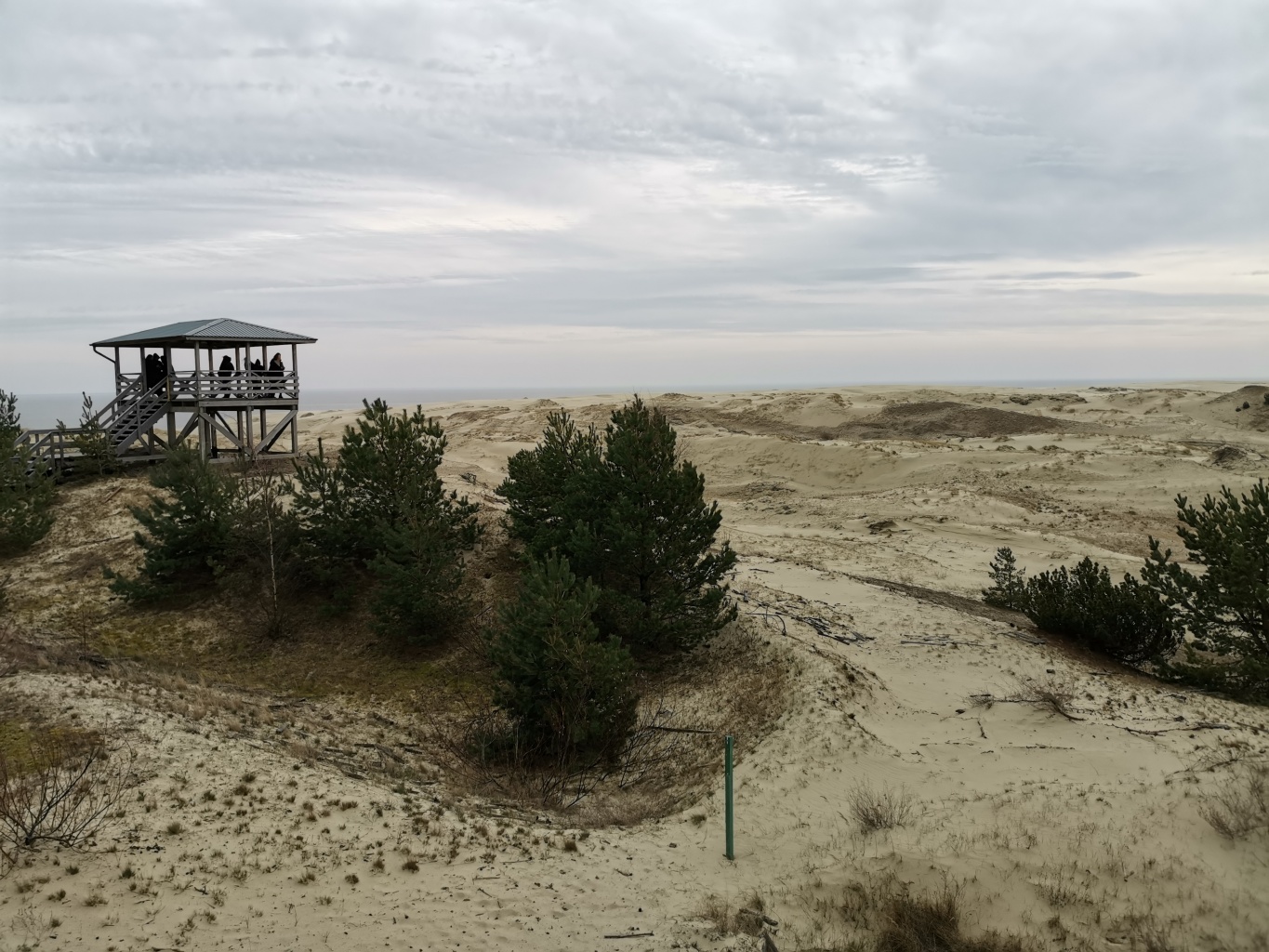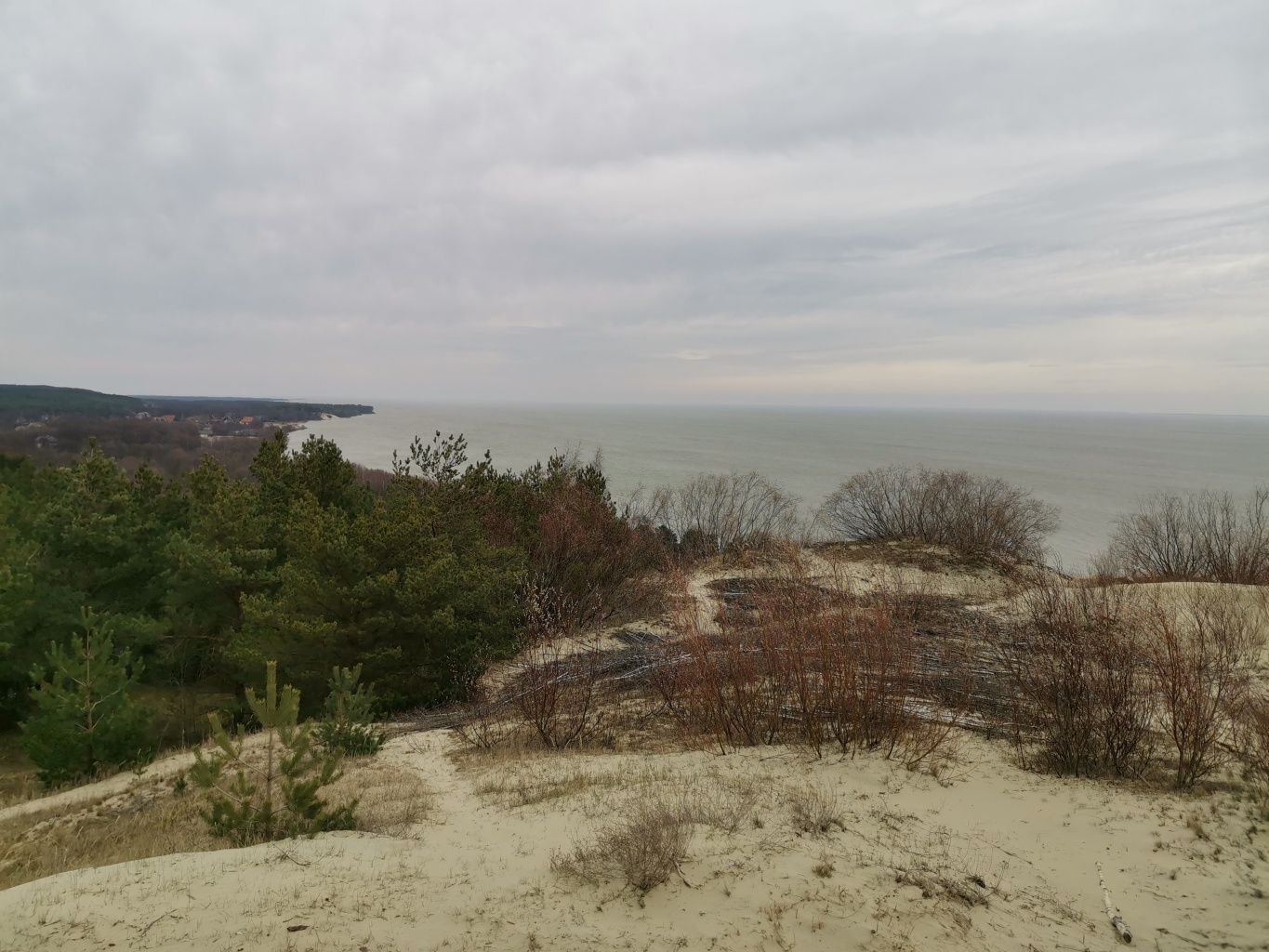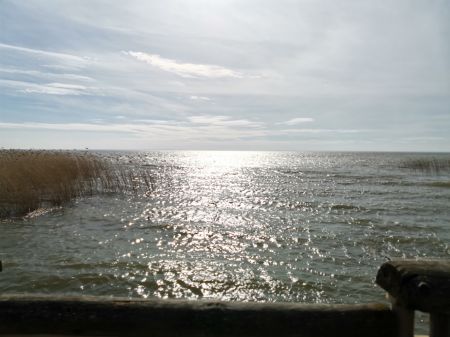
20 years ago, the Russian-Lithuanian natural object, the Curonian Spit, appeared in the UNESCO World Heritage List in the ‘cultural landscape’ nomination. In the Russian Federation, the ‘Curonian Spit National Park’ federal state budget institution is responsible for the preservation of the unique sandy peninsula. For 10 years, it has been run by Anatoly Kalina. He knows everything about the Curonian Spit. Today, Anatoly Kalina speaks on the protected area to the Eco-Tourism Expert’s readers.
The Curonian Spit is a 98-km long narrow sandy peninsula. 200 years ago, the spit’s sand dunes constantly moved influenced by the wind. And many years of human efforts allowed to stop desertification and to revive life on a narrow stretch of the land between the Baltic Sea and the Curonian Lagoon. As a result, the international community recognized the value and uniqueness of the Curonian Spit.

- This year marks the 20th anniversary of the Curonian Spit National Park on the UNESCO World Heritage List. What does the cooperation with this organization give? Are there any events planned on this occasion?
- The status of the UNESCO site is an honor and a big responsibility: the state of the unique landscapes of the Curonian Spit is under control, including the control by the international community. But no more than that.
In its activities, the Russian National Park of federal significance respects the laws of the Russian Federation and observes the guidelines of the Ministry of the Natural Resources of Russia. However, this does not conflict with our cooperation with the Lithuanian Kursiu Nerija National Park. The Curonian Spit is included in the UNESCO World Heritage List as a common Russian-Lithuanian site.
A partnership agreement has been concluded between the Curonian Spit National Park and the Kursiu Nerija National Park, the purpose of which is to work together to preserve the natural and cultural heritage of these areas, promote understanding between the people, and exchange special knowledge and experience.
Under the agreement, joint seminars and visits are held. The Parks spread their information, implement joint environmental and educational projects and programmes, initiate the applications for international grants for the implementation of their joint projects. A common problem that can be resolved through their mutual agreements is the prevention of fires on the Curonian Spit.
The plans for this year included international events, plein-air painting, exchange of exhibitions, friendly visits, but the pandemic had a great impact on them, so, we will act according to the circumstances, especially as the official date for including the Curonian Spit in the UNESCO World Heritage Site list is December 2.

- The Curonian Spit is almost equally divided between the Kaliningrad Region of the RF and Lithuania. What is similar and what is different?
- The nature of the southern part of the Curonian Spit is very diverse with its meadow, lakes, swamp in the main part, and prevailing broadleaved forests. This fact was noted by the UNESCO mission and the conclusion was that it was more efficient to preserve natural complexes in their natural state in the Russian part of the Curonian Spit.
However, as for tourism, the northern part of the peninsula is more developed - this is a Soviet time legacy. Therefore, the tourists coming to the Lithuanian Kursiu Nerija during the tourist season mainly visit the villages with high architectural attractiveness, and in our Park, they enjoy the ecological trails. The National Park that offers a comfortable stay for tourists coming to the Curonian Spit is greatly busy.

- Over the past 10 years, the number of visitors to the Curonian Spit has grown almost 3 times. How do you manage to strike a balance between the preservation of the natural complexes and the tourism development?
- We manage to strike a balance thanks to the competent distribution of our tourist flows. First, this is the creation of infrastructure: checkpoints, the Visiting Centre working as a multifunctional educational complex, a network of ecological trails and routes, parking lots, passes over the protective natural embankment - the ‘front dune’.
The ecological trails and routes are our tools to display the unique area, a kind of the ‘information corridors’. To date, 7 ecological trails and 3 tours are offered in the Park that reveal the natural and cultural heritage of the area.
The Curonian Spit is among the smallest national parks in Russia (6,621 hectares), so we have no way to increase the number of trails. We have chosen a different way - a qualitative change in the existing trails, their conceptual reinterpretation and the search for new stylistic solutions.
Thus, the project to create an accessible educational space in the Royal Pinewood made it possible to turn one of the ecology trail closest to Zelenogradsk (6 km) into a popular, universal venue where ‘live’ lessons are held for children of different ages, including disabled children.
We understand that it is not enough to equip the paths, make floorings, install interpretive displays and information stands, interactive platforms, installations. It is important to prepare interesting offers, like a sightseeing programme, thematic classes, environmental events, festivals, ecological camps, quests, etc.
And here, the development of our Personal Guide is one of the Curonian Spit National Park’s achievements. The programme works on the basis of the GLONASS and GPS signals and is available to any our guest.
In addition, the audio guide is a kind of an ‘inspector’ informing the user about his violation of the rules to be obeyed while visiting the territory, in case a tourist goes astray. Thus, we orient our individual visitors towards a knowledgeable and responsible behavior and journey through the Park.
- Being in such a responsible position, what thoughts do you meet the 10th anniversary with? What has been achieved during this period and what are you hoping for in future?
- I think that over the years, serious qualitative changes will happen - both in my mind and development - and in the interaction of the Park with the public and other regional government organizations.
The main thing achieved was the improvement of our attitude towards our activities. 10 years ago, the National Park was generally perceived as an extra ‘structure’, an obstacle for local residents who wanted to relax on the Curonian Spit, and now, it has become clear to everyone that the National Park is the pride of the Kaliningrad Region, its natural landmark, and that by organizing constant monitoring, directing the growing tourist flows in the right direction, as well as competent zoning of the Park area, we can guarantee the preservation of our ‘pearl’ of the nature.
- This year, on Ecology Day, June 5, the President of the Russian Federation held a videoconference. Out of all the directors of the Special Protected Natural Areas, you were the only one who was invited to participate. To your mind, why were you invited?
- At the conference, the talk was about the ecological tourism, education of the ecological culture in children. We do a good job of the younger generation education. The Park is one of ten leaders among the nature reserves and national parks that invited the volunteers. In addition, we manage to maintain a balance between the tourism development and the preservation of the nature. In general, we have some developments and achievements that we share our experience with our colleagues.
- Congratulations on your anniversary and wish you success in your work of great importance!
